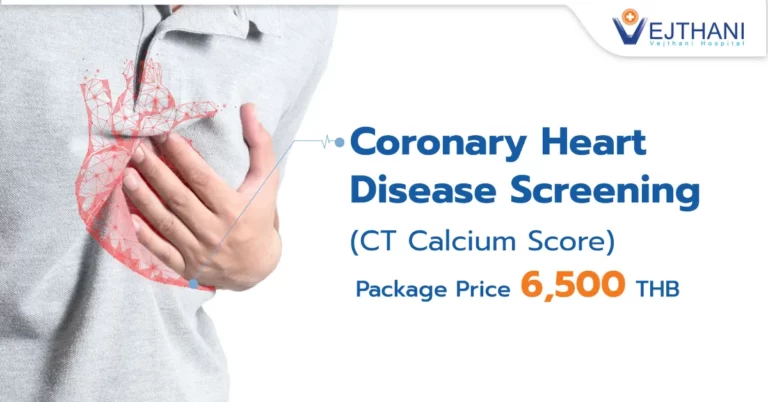
Health Articles
Rhinoplasty Augmentation
ABOUT THE PROCEDURES
Liposuction can remove unwanted fat from specific areas, including the abdomen, hips, buttocks, thighs, knees, upper arms, chin, cheeks and neck.
WHO NEEDS LIPOSUCTION
Normal-weight people with firm, elastic skin who have pockets of excess fat in certain areas. You should be physically healthy, psychologically stable and realistic in your expectations.
THE PROCEDURE RISK
Complications are rare in liposuction. Risks increase if a large number of areas are treated at the same time, or if the operative sites are larger in size. The combination of these factors can create greater hazards for infection; delays in healing; the formation of fat clots or blood clots, which may migrate to the lungs and cause death; excessive fluid loss, which can lead to shock or fluid accumulation that must be drained; friction burns or other damage to the skin or nerves or perforation injury to the vital organs; and unfavorable drug reactions.
PREPARATION BEFORE SURGERY
The surgeon will give you specific instructions on how to prepare for surgery, including guidelines on eating and drinking, smoking, and taking or avoiding vitamins, iron tablets and certain medications.
THE SURGERY
Through a tiny incision, a narrow tube or cannula is inserted and used to vacuum the fat layer that lies deep beneath the skin. The cannula is pushed then pulled through the fat layer, breaking up the fat cells and suctioning them out.
Fluid is lost along with the fat, and it’s crucial that this fluid be replaced during the procedure to prevent shock. For this reason, patients need to be carefully monitored and given intravenous fluids during and immediately after surgery.
ANESTHESIA TECHNIQUE
If only a small amount of fat and a limited number of body sites are involved, liposuction can be performed under local anesthesia.
Regional anesthesia can be a good choice for more extensive procedures.
However, some patients prefer general anesthesia, particularly if a large volume of fat is removed.
LENGTH OF SURGERY TIME
The time required to perform liposuction may vary considerably, depending on the size of the area, the amount of fat being removed, the type of anesthesia and the technique used.
LENGTH OF STAY IN HOSPITAL AFTER SURGERY
Smaller-volume liposuction is usually done as an outpatient case.If a large volume of fat will be removed,the procedure may be performed in the operating theatre and the patient will have to stay 1 day in hospital.
TAKING CARE AFTER SURGERY
After surgery, a small drainage tube may be inserted beneath the skin for a couple of days to prevent fluid build-up. You may be fitted with a snug elastic garment to wear over the treated area for a few weeks, to control swelling and to help your skin better fit its new contours.
You may still have some pain, burning, swelling, bleeding and temporary numbness. Pain can be controlled with medications , though you may still feel stiff and sore for a few days.
RECOVERY
You should start to walk around as soon as possible to reduce swelling and to help prevent blood clots from forming in your legs. You will begin to feel better after about a week or two, and you should be back at work within a few days following your surgery. The stitches are removed, or dissolved on their own within the first 7 to 10 days.
Most of the bruising and swelling usually disappear within three weeks,but some swelling may remain for six months or more.
However, improvement will come in about 4 to 6 weeks. After about three months, any persistent mild swelling usually disappears and the final contour will be visible.


























